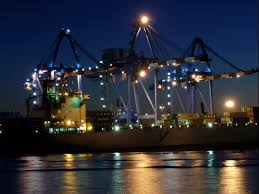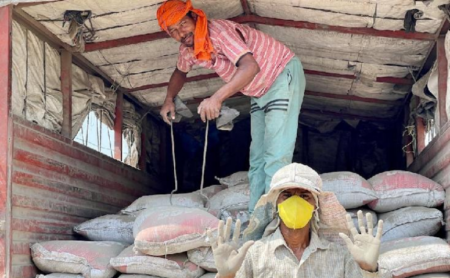Sunil Kohli, Managing Director, Rahat Cargo, shares expert insights on how India’s cold chain for perishable goods must evolve to tackle temperature volatility, regulatory compliance, and the rapid pace of e-commerce demands.

Navigating a maze of global and local regulations demands robust compliance systems
Transporting perishables like fruits and vegetables by air requires meticulous preparation. Specialised packaging using gel packs, thermal blankets, dry ice, or pre-cooling methods ensures survival through temperature fluctuations and multiple hand-offs. Effective packaging must maintain product integrity for up to 72 hours. However, even the most robust materials aren’t enough without strong systems behind them. That’s why establishing internal documentation and multi-party communication protocols is vital. These systems track equipment status, temperature history, and custody data, ensuring the product’s safety and effectiveness upon delivery.
Climate resilience
Climate change has intensified the unpredictability of logistics. Heatwaves, power outages, and unanticipated delays can wreak havoc on temperature-sensitive supply chains. To combat these risks, FMCG companies must rethink their strategies. Kohli suggests conducting detailed climate risk assessments and mapping supply chains thoroughly to identify vulnerable links. Businesses should then develop mitigation plans tailored to these risks, including equipping pack houses and transport vehicles with advanced, backup-powered cooling solutions. Ensuring such infrastructure is in place reduces spoilage, even when delays or extreme weather conditions strike unexpectedly.
Eco-friendly logistics
Sustainability in cold chain logistics is more than just a buzzword—it’s an operational imperative. As regulations tighten and consumers demand greener practices, companies must act. Kohli recommends optimising inventory, enhancing communication across the chain, and investing in climate-resilient infrastructure. Suppliers can also utilise climate modelling tools to anticipate region-specific risks. Measures such as building flood defenses, sourcing drought-resistant crops, and minimising energy usage all contribute to a more sustainable cold chain. These practices not only protect goods and reduce costs but also align with long-term environmental goals.
Regulatory readiness
With both global and local regulations in flux, FMCG companies must remain proactive. According to Kohli, robust compliance management systems are non-negotiable. Real-time temperature monitoring tools ensure transparency and allow immediate corrective action if deviations occur. Companies must also invest in ongoing training and regularly evaluate their regulatory exposure across sourcing, production, storage, and transport. Establishing strong relationships with logistics partners and authorities enhances operational clarity and trust—key ingredients in maintaining cold chain integrity.
E-commerce agility
E-commerce and quick commerce are rewriting the rules of cold chain logistics. To meet rising consumer expectations, FMCG supply chains are evolving—emphasising speed, reliability, and agility. Kohli highlights the importance of smart inventory systems, predictive analytics, and micro-fulfilment centres. Investments in air cargo capacity by airlines and logistics firms are making rapid delivery of perishables feasible. Additionally, partnerships with local delivery networks ensure products reach customers swiftly and safely. The cold chain must now move as fast as the market demands, without ever compromising quality.











